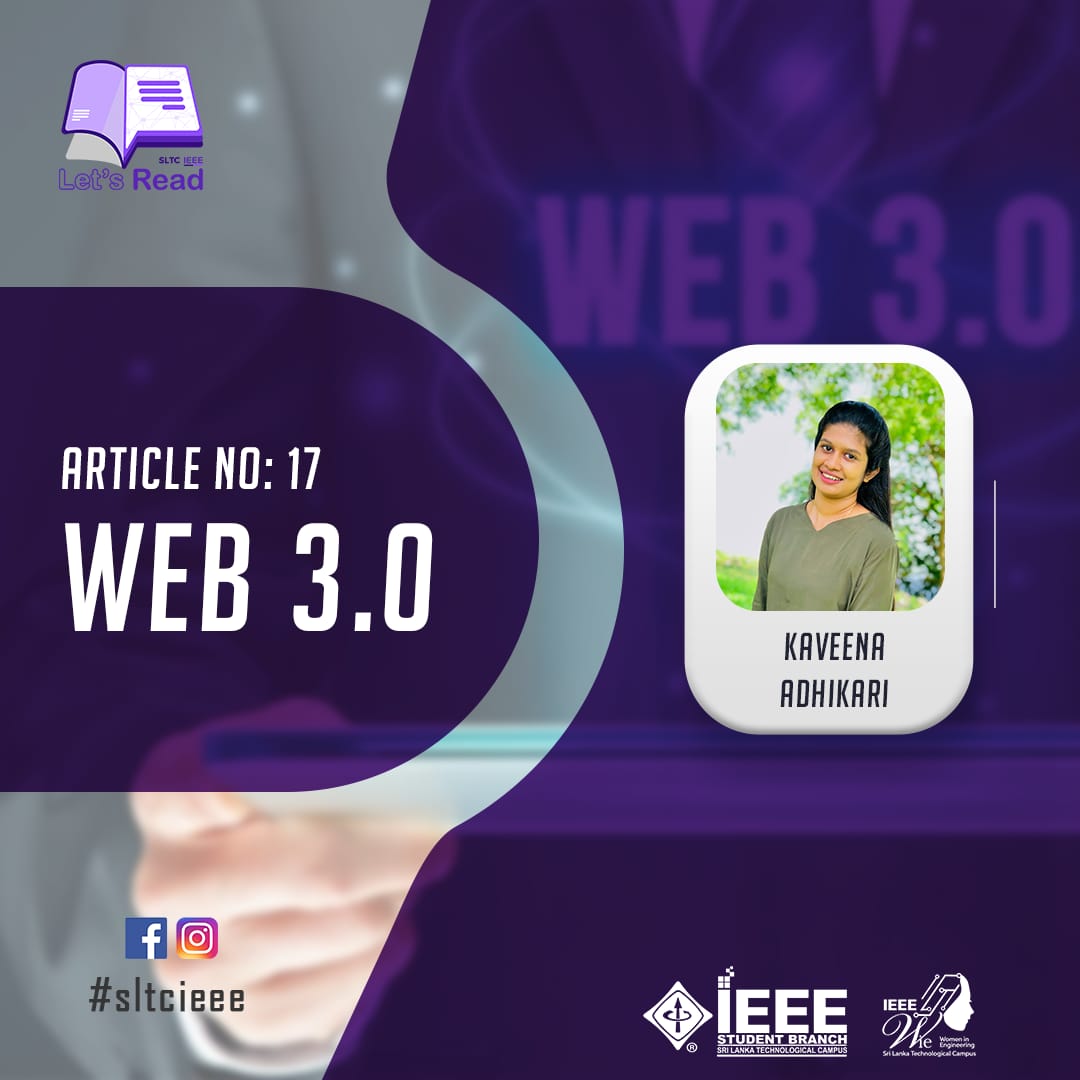Web technology and the way it is used has certainly evolved over the last few years, and each evolution has brought about new tools and techniques relevant to recruiters. These evolutions have popularly been called Web 1.0, 2.0 and 3.0 in the media.
What is Web 3.0?
Web 3.0 is the third generation of the evolution of web technologies. This is also known as the World Wide Web. This is the foundational layer for how the internet is used, providing websites and application services.
Web 3.0 is still evolving and being defined, and as such, there isn't a canonical, universally accepted definition. What is clear, though, is that Web 3.0 will have a strong emphasis on decentralized applications and make extensive use of blockchain-based technologies. Web 3.0 will also make use of machine learning artificial intelligence to help empower more intelligent and adaptive applications.
Another aspect that is part of the emerging definition of Web 3.0 is the notion of a semantic web. Among those that have advocated for the integration of semantic technology into the web is the creator of the web, Tim Berners-Lee. It took over 10 years to transition from the original web, Web 1.0, to Web 2.0, and it is expected to take just long, if not longer, to fully implemented and reshape the web with Web 3.0.
If the trend of change is traced from Web 1.0, a static information provider where people read websites but rarely interacted with them, to Web 2.0, an interactive and social web enabling collaboration between users, then it can be assumed that Web 3.0 will change both how websites are made and how people interact with them.
How does the Web 3.0 work?
With Web 1.0 and Web 2.0 technologies, Hypertext Markup Language (HTML) defines the layout and delivery of webpages. HTML will continue to be a foundational layer with Web 3.0, but how it connects to data sources and where those data sources reside could be somewhat different than earlier generations of the web.
Many websites and nearly all applications in the Web 2.0 era rely on some form of centralized database to deliver data and help to enable functionality. With Web 3.0, instead of a centralized database, applications and services make use of a decentralized blockchain. With blockchain, the basic idea is that there isn't an arbitrary central authority, but rather a form of distributed consensus. An emerging governance ideal within the blockchain and Web 3.0 community is the concept of a decentralized autonomous organization (DAO). Instead of having a central authority that governs the operations of a platform, with a DAO, Web 3.0 technologies and communities provide a form of self-governance in an attempted decentralized approach.
Web 3.0 also fundamentally works with cryptocurrency, more so than with fiat currency. Finance and the ability to pay for goods and services with a decentralized form of payment is enabled across Web 3.0 with the use of cryptocurrencies, which are all built and enabled on top of blockchain technology. Both Web 1.0 and Web 2.0 were primarily built with the IPv4 addressing space. As a function of a massive growth of the web over the decades, there is a need in Web 3.0 for more internet addresses, which is what IPv6 provides.
Key Web 3.0 features that help to define what the third generation of the web will likely be all about, including the following:
- ※Decentralized. As opposed to the first two generations of the web, where governance and applications were largely centralized, Web 3.0 will be decentralized. Applications and services will be enabled in a distributed approach, where there isn't a central authority.
- ※Blockchain-based. Blockchain is the enabler for the creation of decentralized applications and services. With blockchain, the data and connection across services are distributed in an approach that is different than centralized database infrastructure. Blockchain can also enable an immutable ledger of transactions and activity, helping to provide verifiable authenticity in a decentralized world.
- ※Cryptocurrency-enabled. Cryptocurrency usage is a key feature of Web 3.0 services and largely replaces the use of fiat currency.
- ※Autonomous and artificially intelligent. More automation overall is a critical feature of Web 3.0, and that automation will largely be powered by AI.
A.M Kaveena Adhikari
21UG10412025-B



